On the trail of Butch Cassidy
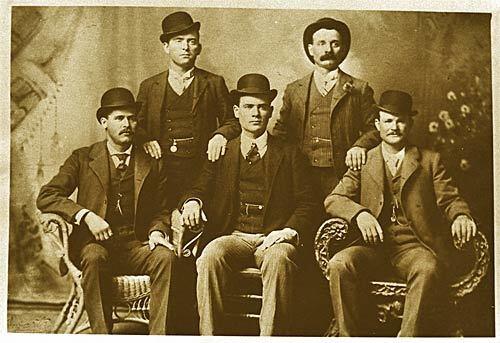
It’s believed that this famous group portrait of Butch Cassidy, seated right, and the Sundance Kid, seated left, was taken in Fort Worth in 1900 after the gang held up a bank in Winnemucca, Nev. (Nevada Historical Society / Associated Press)
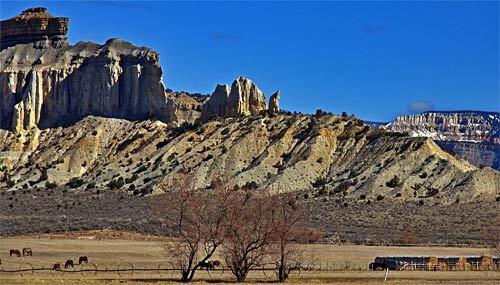
The view along Highway 12 near Henrieville, Utah, Butch Cassidy country. (Susan Spano / Los Angeles Times)
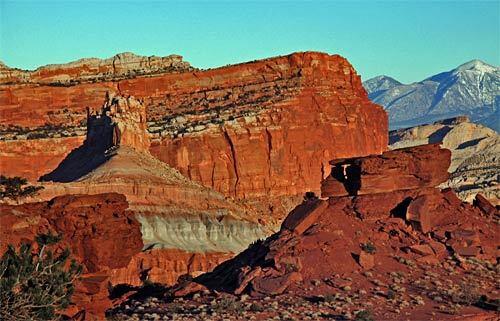
Waterpocket Fold, described by the National Park Service as a “100-mile wrinkle in the Earth’s crust,” is in Utah’s Capitol Reef National Park. (Susan Spano / Los Angeles Times)
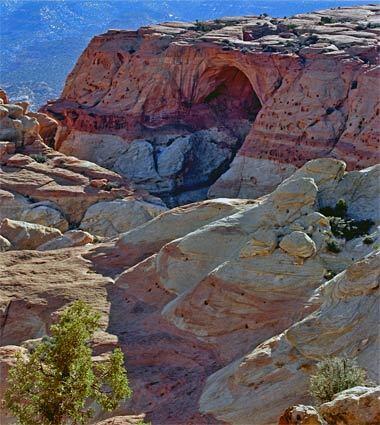
Cassidy Arch, named for outlaw Butch, is one of the many natural rock arches in Utah’s Capitol Reef National Park. (Susan Spano / Los Angeles Times)
Advertisement
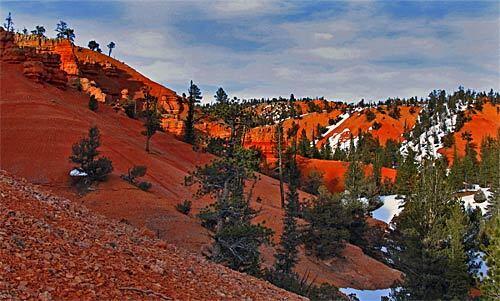
Red Canyon, near Utah’s Bryce Canyon National Park, is thought to be an old Butch Cassidy hide-out. The canyon’s Cassidy Trail fingers north into a network of gulches, lined by tangled cedars, scree, hoodoos and vermilion-colored cliffs, where locals say a posse tracked a teenage Butch when he took up rustling. (Susan Spano / Los Angeles Times)
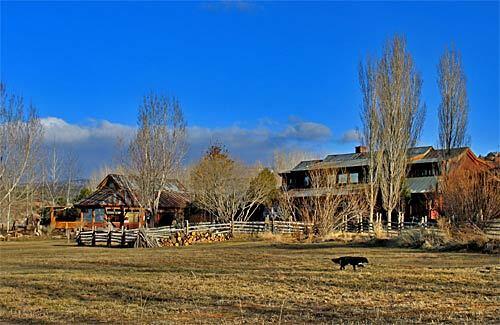
The Boulder Mountain Lodge on Highway 12 calls itself a “luxury eco-lodge.” The contemporary wood lodge on Utah’s Boulder Mountain has a hot tub overlooking a bird sanctuary and a grill restaurant. (Susan Spano / Los Angeles Times)
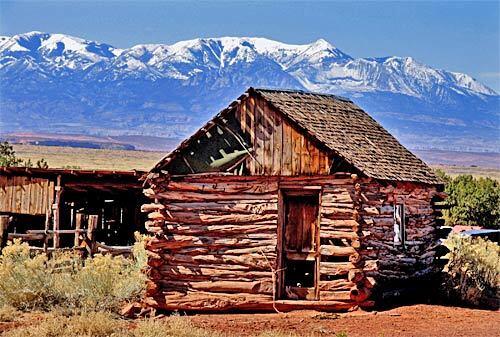
Joe Biddlecome’s cabin is in Robbers Roost, which is said to have provided refuge for outlaws, Butch Cassidy included. (Susan Spano / Los Angeles Times)
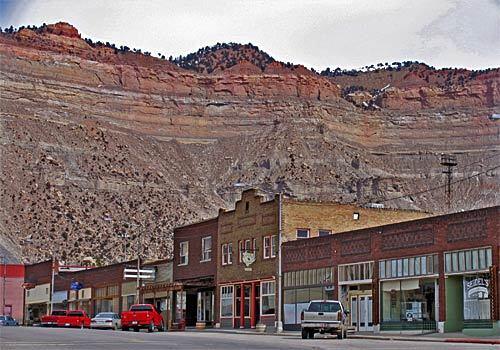
Main Street is rustic in Helper, Utah. Farther along the street, you’ll find the Western Mining and Railroad Museum, which is devoted to the history of the small coal-mining town on the railway line to Salt Lake City. (Susan Spano / Los Angeles Times)
Advertisement
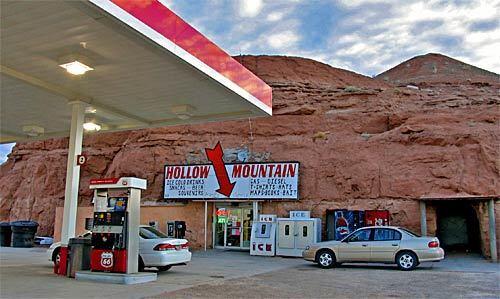
Even gas stations, as here in Hanksville, Utah, are hidden in the hills. (Susan Spano / Los Angeles Times)
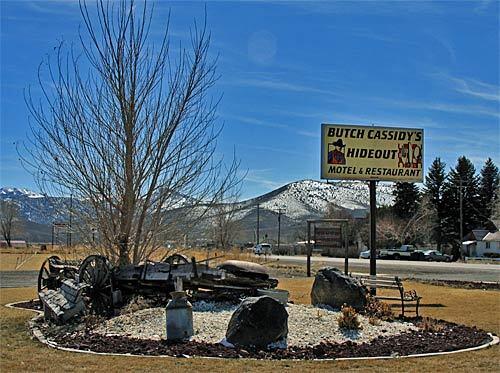
Butch Cassidy’s Hideout Motel & Restaurant is in Circleville, the town where Butchs sister Lula said he visited in 1925. (Susan Spano / Los Angeles Times)
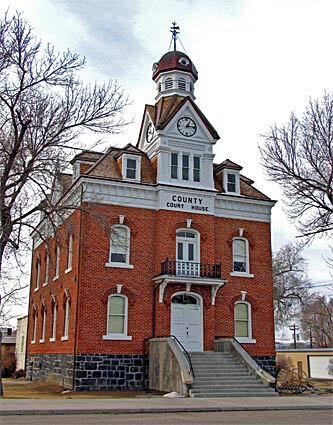
The county courthouse in Beaver, Utah, the town where Butch was born in 1866. (Susan Spano / Los Angeles Times)
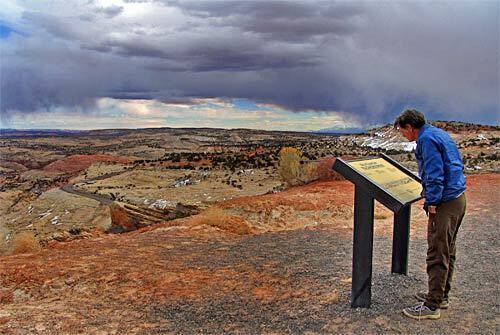
The view from Boynton Overlook off Highway 12 north of Escalante, Utah. Utah 12 crosses the wild Escalante River near the overlook named for John Boynton, who turned himself in after killing Washington Phipps in a dispute in 1878. Short of manpower, the Escalante authorities gave him $10 and told him to ride to the county seat in Parowan, about 100 miles west. Boynton was never seen again. (Susan Spano / Los Angeles Times)
Advertisement
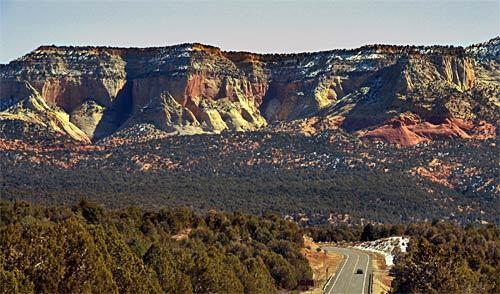
The views can be staggering in Butch Cassidy country, along the Zion-Mt. Carmel Highway in Utah. (Susan Spano / Los Angeles Times)



